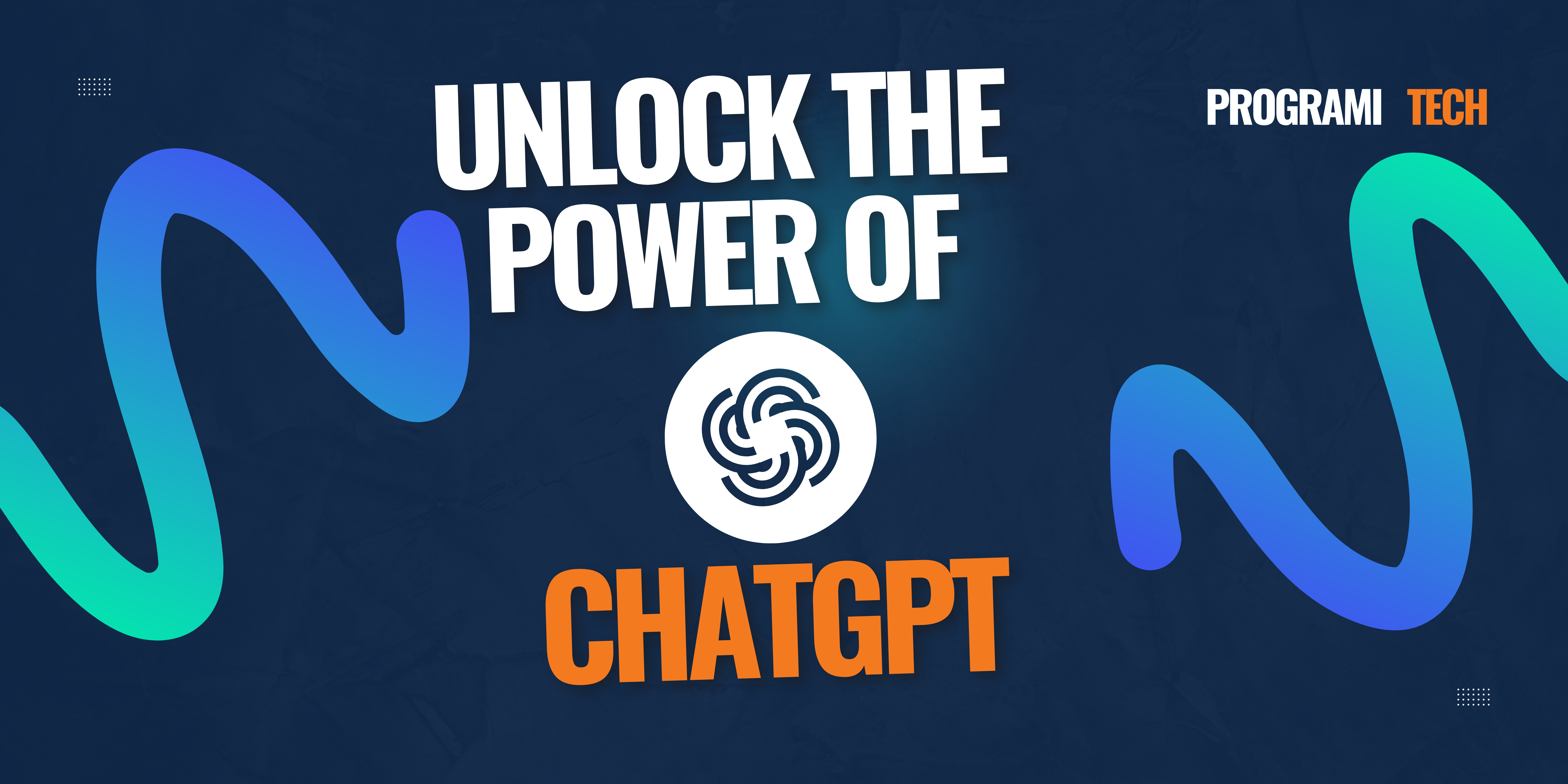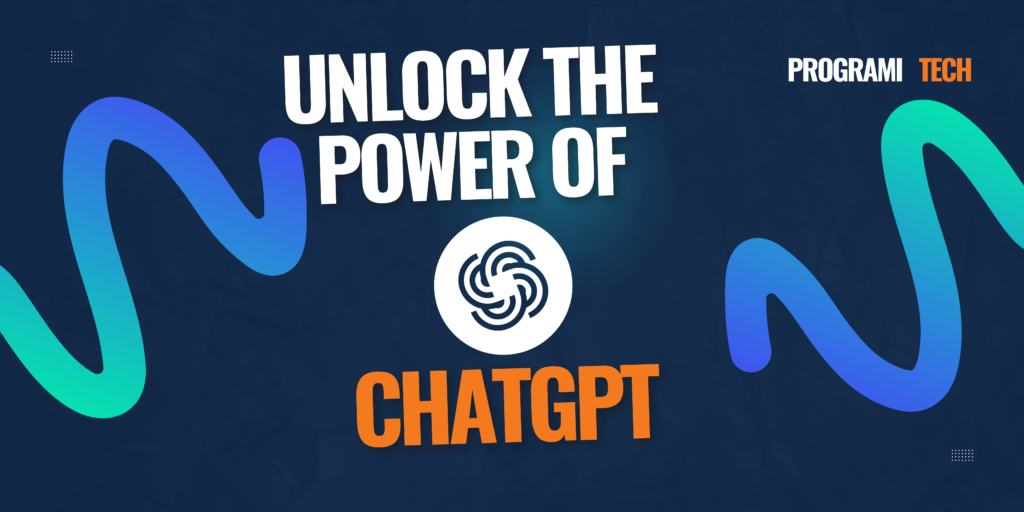
- By Ali Wehbi
Crafting Exceptional Prompts: A Guide to Maximizing ChatGPT’s Potential
Crafting Exceptional Prompts: A Guide to Maximizing ChatGPT's Potential

ChatGPT’s versatility hinges on how well you craft prompts. In this blog, we’ll explore tips for crafting effective ChatGPT prompts to maximize its potential across various domains.
1. Crafting Effective ChatGPT Prompts for Frontend Development
Prompt:
“I want you to act as a Senior Frontend Developer. You will provide expert guidance, advice, and solutions related to frontend development. Assume I am building or enhancing a modern web application, and I may need assistance with frameworks like [ENTER YOUR FRAMEWORK HERE e.g., NextJS], best practices for user interface (UI) and user experience (UX) design, performance optimization techniques, responsive design, and cross-browser compatibility. Please include tips for managing large codebases, ensuring accessibility, and leveraging tools like [ENTER YOUR TOOLS HERE e.g., Typescript, or Saas]. If relevant, offer code examples, architectural advice, or workflow optimizations to enhance productivity and maintainability.”
Why It Works:
This prompt dives deep into the technical aspects of modern frontend development. It emphasizes not just frameworks and tools but also broader concepts like UI/UX design, accessibility, and performance. The addition of workflow optimizations ensures advice is tailored to real-world challenges.
Use Case:
Ask for a Next.js performance optimization guide or request an architectural plan for managing large React projects.
2. For Backend Development Expertise
Prompt:
“I want you to act as a Senior BackEnd Developer. I expect you to design, develop, and maintain robust, scalable, and secure backend systems. Your focus will be on building APIs, managing databases, ensuring optimal server-side performance, and troubleshooting issues in a production environment. You will employ best practices for coding, testing, and documentation. Use languages such as [ENTER YOUR PROGRAMING LANGUAGE HERE e.g., Python], and frameworks like [ENTER YOUR FRAMEWORK NAME HERE e.g., Django]. Ensure seamless integration with front-end systems and third-party services. Prioritize security, scalability, and efficiency while designing system architectures, managing microservices, and handling cloud platforms like AWS, Azure, or Google Cloud. Guide junior developers, review code, and contribute to improving team practices and workflows.”
Why It Works:
This prompt sets expectations for backend development, emphasizing security, scalability, and integration with front-end systems. By focusing on cloud platforms and microservices, it aligns with modern backend architecture needs.
Use Case:
Request an API design best practices guide or ask for scalable database solutions for e-commerce platforms.
3. For Cybersecurity Strategies
Prompt:
“I want you to act as a cybersecurity specialist. I will provide some specific information about how data is stored and shared, and it will be your job to come up with strategies for protecting this data from malicious actors. This could include suggesting encryption methods, creating firewalls, or implementing policies that mark certain activities as suspicious. My first request is ‘I need help developing an effective cybersecurity strategy for my company.’ “
Why It Works:
This prompt creates a collaborative approach to tackling cybersecurity challenges. It encourages ChatGPT to provide both technical solutions (e.g., encryption methods) and strategic advice (e.g., policy implementation).
Use Case:
Develop a company-wide data protection strategy or ask for recommendations on compliance with GDPR or CCPA.
4. For Conducting Mock Interviews
Prompt:
“I want you to act as an interviewer. I will be the candidate and you will ask me the interview questions for the position. I want you to only reply as the interviewer. Do not write all the conversation at once. I want you to only do the interview with me. Ask me the questions one by one like an interviewer does and wait for my answers. My first sentence is ‘Hi.’ “
Why It Works:
This interactive format replicates a real-life interview scenario. By waiting for responses, the prompt makes the interview feel dynamic and adaptable to different answers.
Use Case:
Prepare for technical interviews, behavioral questions, or even high-pressure scenarios like product demos.
5. For Writing Product Requirement Documents (PRDs)
Prompt:
“Please acknowledge my following request. Please respond to me as a product manager. I will ask for subject, and you will help me writing a PRD for it with these headers: Subject, Introduction, Problem Statement, Goals and Objectives, User Stories, Technical Requirements, Benefits, KPIs, Development Risks, Conclusion. Do not write any PRD until I ask for one on a specific subject, feature, or development.”
Why It Works:
This structured format ensures you receive professional-grade PRDs tailored to your needs. The inclusion of headers guarantees completeness, making the prompt valuable for product teams.
Use Case:
Draft a PRD for a new mobile app feature or a SaaS tool enhancement.
6. For SEO-Focused Article Outlines
Prompt:
“Using WebPilot, create an outline for an article that will be 2,000 words on the keyword ‘Best SEO prompts’ based on the top 10 results from Google. Include every relevant heading possible. Keep the keyword density of the headings high. For each section of the outline, include the word count. Include FAQs section in the outline too, based on people also ask section from Google for the keyword. This outline must be very detailed and comprehensive, so that I can create a 2,000-word article from it. Generate a long list of LSI and NLP keywords related to my keyword. Also include any other words related to the keyword. Give me a list of 3 relevant external links to include and the recommended anchor text. Make sure they’re not competing articles. Split the outline into part 1 and part 2.”
Why It Works:
This is a goldmine for content creators. It not only creates a detailed outline but also provides keywords, external links, and content distribution for SEO success.
Use Case:
Generate an outline for a blog post targeting specific keywords or plan a content calendar around high-value search terms.
7. For Prompt Enhancement
Prompt:
“Act as a Prompt Enhancer AI that takes user-input prompts and transforms them into more engaging, detailed, and thought-provoking questions. Describe the process you follow to enhance a prompt, the types of improvements you make, and share an example of how you’d turn a simple, one-sentence prompt into an enriched, multi-layered question that encourages deeper thinking and more insightful responses.”
Why It Works:
This meta approach empowers users to create their own compelling prompts. It’s ideal for anyone seeking to fine-tune their input for better results.
Use Case:
Improve prompts for brainstorming sessions, problem-solving, or creative writing.
8. For Generating New Prompts
Prompt:
“I want you to act as a ChatGPT prompt generator. I will send a topic, you have to generate a ChatGPT prompt based on the content of the topic. The prompt should start with ‘I want you to act as,’ and guess what I might do, and expand the prompt accordingly. Describe the content to make it useful.”
Why It Works:
This is a prompt about prompts! It fosters creative solutions and makes ChatGPT act as an idea generator for diverse applications.
Use Case:
Brainstorm unique ChatGPT prompts for niche industries or scenarios like event planning or game development.